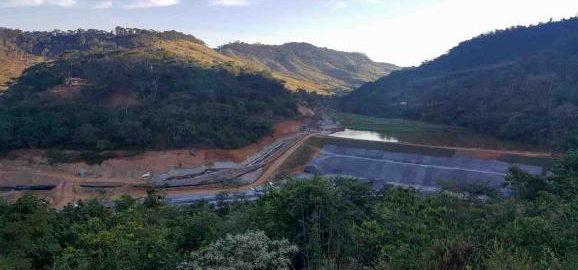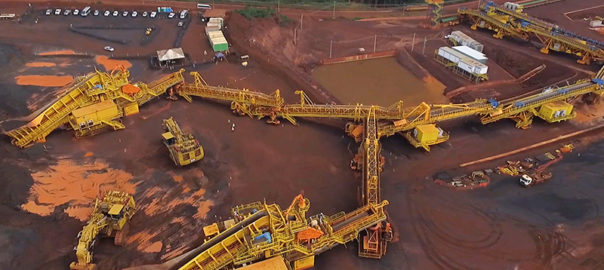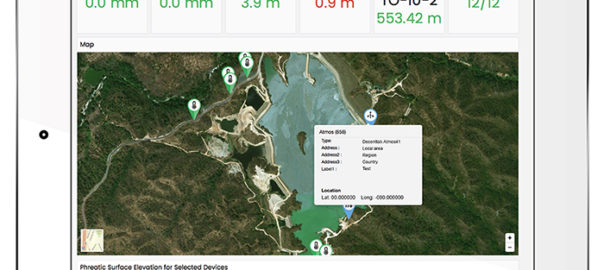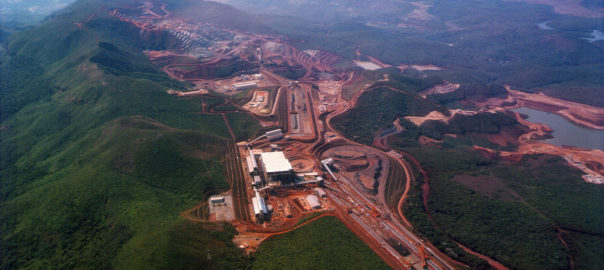BHP says it is establishing a dedicated Tailings Task Force to drive enhanced focus on internal dam management plus support the development of international best practice.
The announcement came during an environmental, social and governance briefing where the company also revealed it is “progressing the investigation of new technologies to further mitigate current dam risks and eliminate future risk”.
BHP has interests in 67 operated tailings facilities across all its sites. Of these, 13 operated facilities are active, (12 in Australia, one in Chile), 29 are operated upstream facilities (five of which are active). In addition, its non-operated joint ventures have nine facilities, five of which are upstream, of which all are inactive.
Back in 2016, the company carried out a Dam Risk Review, which identified no immediate concerns regarding dam integrity. This was undertaken to assess the management of tailings facilities following the failure of the Fundão dam at Samarco (a joint venture with Vale).
BHP has since undertaken Dam Safety Reviews which provide assurance statements on dam integrity, the company said.
The company said on the appointment of the task force: “Prior to Brumadinho we already had a significant focus on looking at how we could deliver a step change reduction in tailingsrisk. Brumadinho however has further strengthened our resolve.”
The new Tailings Task Force will be accountable for further enhancing the company’s focus on tailings including the continued improvement and assurance for BHP’s operated tailings storage facilities, the company said. It will also progress its technology efforts and ongoing participation in the setting of new international tailings management standards.
On the latter, BHP said it continued to work with the International Council on Mining and Metals its peers to “drive a step change in tailings management across the sector”.











